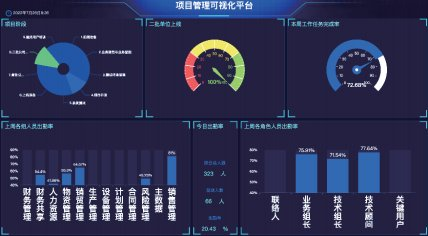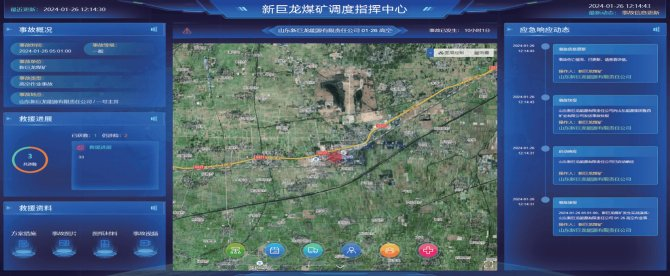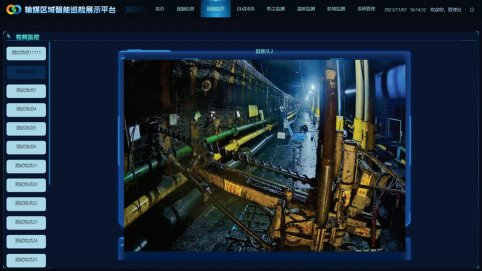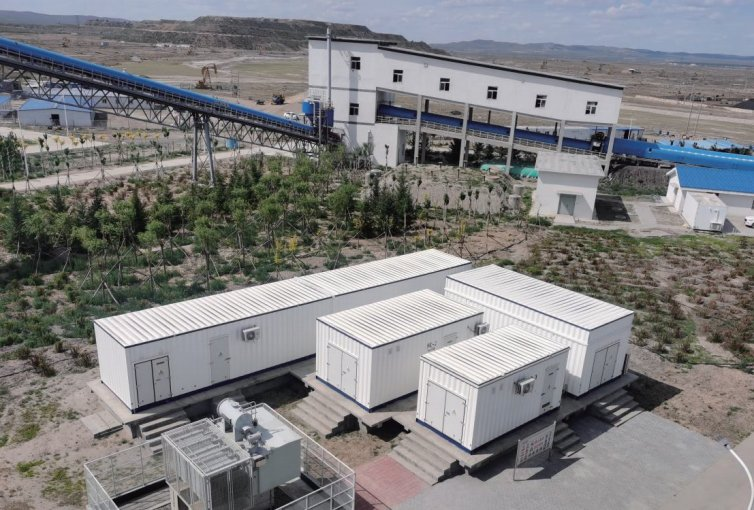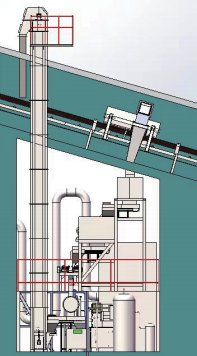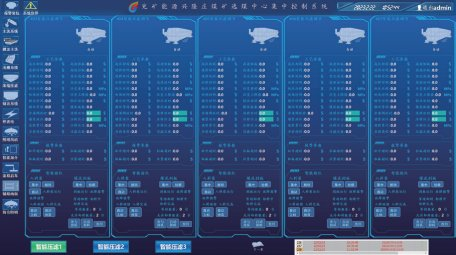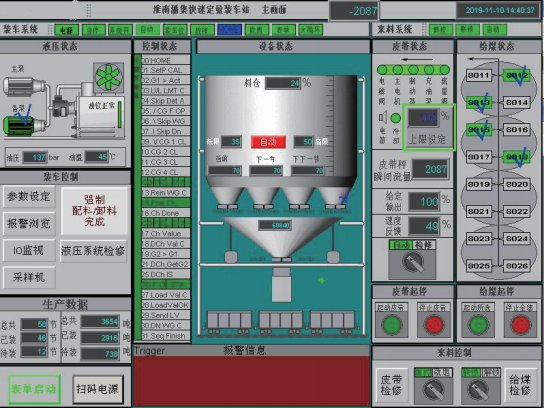Wedoany.com Report-Nov 14, Supporting countries in their transition to clean energy is central to the World Bank’s mission of ending poverty and boosting shared prosperity on a liveable planet. A well-managed transition, including retirement of coal power plants and a massive scale-up in clean energy, are essential to achieving the Sustainable Development Goals and the targets of the Paris Agreement.
The challenge for decision-makers, however, is ensuring that this transition is “just” – meaning the transition prioritizes both environment and the needs of workers and communities affected by the shift away from coal. Positive social outcomes from a just coal transition include job creation and re-skilling, boosting energy security and promoting economic diversification for a post-coal future.
Today, most sustainable and green finance instruments – including taxonomies – focus primarily on the environmental dimensions of the transition and tend to neglect the social aspects. These efforts to better incorporate that critical second component of a just transition are hampered by an unclear understanding of the various dimensions that can define a “just” transition (environmental, social and governance), as well as the types of projects and activities that could be financed to achieve the desired objectives. Adding to this complexity, many definitions of ‘just transition’ exist.
To address these needs, the World Bank Treasury's Sustainable Finance and ESG Advisory Program and the Energy and Extractives Global Unit have developed a list of 57 eligible economic activities to guide investments that support a Just Transition from coal. This innovative taxonomy has garnered significant interest from stakeholders and will be discussed by the World Bank Treasury during COP29 in Azerbaijan – including at roundtable discussions at the High-Level Dialogue on Catalyzing Investment for Just Transition co-hosted by the COP29 Presidency and a ‘Financing the 'Just' in Just Transition’ event hosted by Boston Consulting Group. On the same day, the Just Transition Taxonomy will be featured in IEMA’s Sustainable Finance Insight Journal: Special Issue on Funding the Just Transition (vol.3).
This is the first taxonomy of its kind—and it’s timely, with investors expressing considerable interest in supporting the Just Transition agenda—including through new financing instruments such as green, social and sustainability-linked bonds, loans, equity, green and sustainable finance taxonomies, impact reporting, and disclosure requirements. Recently, 161 investors representing $10.2 trillion in assets pledged “... to take action to support Just Transition by integrating the workforce and social dimension in our climate practices.” Importantly, taxonomy is a tool for directing more financing towards the social aspects of just transition efforts.
The Just Transition Taxonomy is structured across the three pillars of the World Bank’s Coal Regions in Transition matrix: (1) governance, (2) people and communities and, (3) repurposing land and assets. Each activity in the taxonomy contains a set of information (e.g. Do No Significant Harm criteria; social safeguards and metrics) that decision-makers would need to effectively prioritize and implement transition activities in the coal sector.
Public and private banks, corporations, ministries of finance, electric utilities, municipalities, and regions can use the Just Transition Taxonomy to identify eligible activities, allowing them to issue a Just Transition-themed bond or loan designed to mobilize capital from the private sector.
The World Bank’s Just Transition Taxonomy is just the latest example of a new tool that can help channel sustainable finance towards just transition efforts. While it currently focuses on the coal sector, the taxonomy could evolve to include other sectors affected by the transition - including transport, agriculture, manufacturing, fisheries, forestry, tourism, and waste management.
The clean energy transition will be a complex, multi-decade process, requiring the mobilization of vast financial resources. We hope our new taxonomy will support investors to accelerate progress and channel more financing towards the ‘Just’ aspects of Just Transition.




